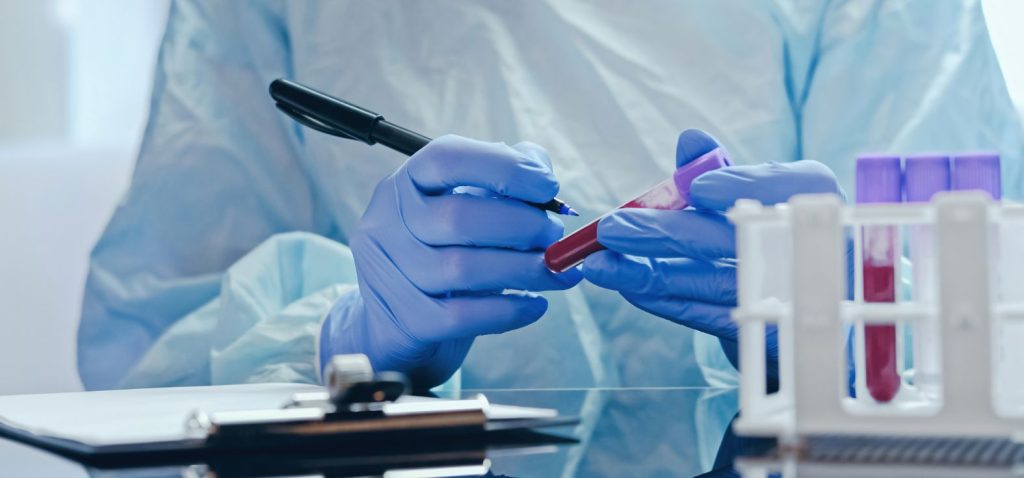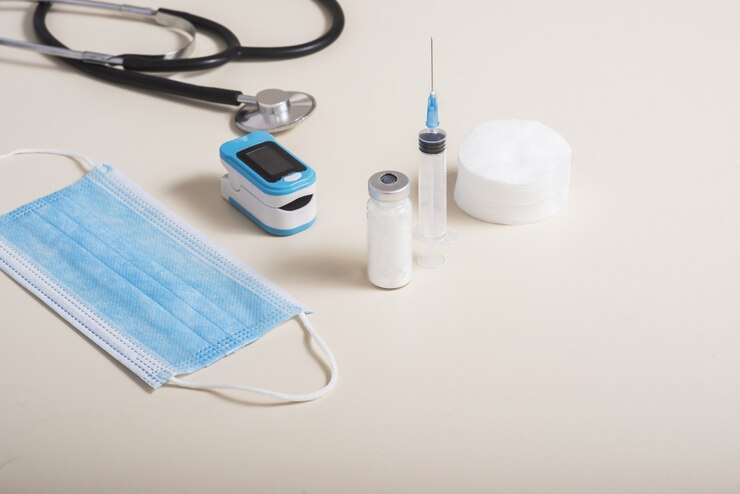Accurate diagnosis is key to good healthcare. Medical diagnostic equipment helps doctors and medical staff check health, find problems early, and guide treatment. From simple tools like thermometers and stethoscopes to advanced machines like X-rays and ultrasounds, these instruments make care faster and more precise.
Understanding the different types of medical diagnostic instruments and medical diagnostic laboratory equipment is important for proper patient care. Let’s explore their types and uses.

Common Types of Medical Diagnostic Equipment
Medical diagnostic equipment can be divided into different categories depending on its use. Here are some commonly used types and their purposes:
1. Laboratory Diagnostic Equipment:
Laboratory instruments are essential for analysing blood, urine, tissue, and other samples. Medical diagnostic laboratory equipment helps detect infections, monitor health conditions, and guide treatment plans. Examples include:
- Microscopes – Allow detailed observation of cells, bacteria, and tissues.
- Centrifuges – Separate blood components or other samples for testing.
- Spectrophotometers – Measure the concentration of chemicals in a sample.
These tools are essential in clinics and hospitals, providing accurate results quickly and efficiently.
2. Imaging Equipment:
Imaging machines allow doctors to see inside the body without surgery. Medical diagnostic instruments like these are critical for detecting internal problems such as broken bones, tumours, or organ abnormalities. Examples include:
- X-ray machines – Identify fractures, infections, and lung conditions.
- Ultrasound machines – Produce images of soft tissues, organs, and unborn babies.
- CT scanners and MRI machines – Offer detailed, 3D views of internal organs.
Imaging equipment improves diagnosis accuracy and helps doctors plan treatment more effectively.
3. Cardiovascular Diagnostic Tools:
The heart and blood vessels are critical to overall health. Clinical diagnostic tools help monitor heart function and detect cardiovascular problems early. Examples include:
- Electrocardiograms (ECG or EKG) – Record the electrical activity of the heart.
- Blood pressure monitors – Track blood pressure to prevent heart disease.
- Pulse oximeters – Measure oxygen levels in the blood.
Using these instruments, healthcare providers can detect heart problems early and provide timely treatment.
4. Respiratory Diagnostic Equipment:
Respiratory tools help evaluate lung health and breathing efficiency. This is especially important for patients with asthma, chronic bronchitis, or other lung diseases. Examples include:
- Spirometers – Measure the volume and flow of air during breathing.
- Peak flow meters – Track airflow to manage asthma symptoms.
- Nebulisers – Deliver medication directly to the lungs.
These clinical diagnostic tools ensure patients with respiratory conditions are monitored and treated correctly.
5. General Diagnostic Instruments:
Some diagnostic instruments are used for routine checks and general health assessments. Examples include:
- Thermometers – Measure body temperature.
- Otoscope – Check the ears for infections or abnormalities.
- Ophthalmoscope – Examine the eyes for vision or disease problems.
Even simple tools play a critical role in early detection and overall patient care.
How to Choose the Right Medical Diagnostic Equipment
Selecting the right medical diagnostic equipment depends on the type of healthcare service you provide. Clinics, hospitals, and laboratories need different instruments based on the tests they perform. Consider the following factors:
- Accuracy and Reliability – Always choose equipment that provides precise results consistently.
- Ease of Use – Tools should be user-friendly for medical staff.
- Durability and Maintenance – Long-lasting instruments reduce costs and downtime.
- Safety and Standards – Ensure equipment meets international medical safety standards.
High-quality brands like Livingstone International provide a wide range of certified and reliable medical diagnostic laboratory equipment and instruments. Using their products ensures accurate results, safe procedures, and smooth operation in healthcare facilities.
Benefits of Modern Medical Diagnostic Instruments
Using advanced medical diagnostic instruments offers multiple advantages:
- Early and accurate disease detection.
- Faster diagnosis and treatment planning.
- Reduced risk of errors in medical tests.
- Better patient safety and confidence.
- Support for a wide range of medical procedures.
From routine checkups to complex laboratory tests, modern diagnostic tools help healthcare providers deliver the best care possible.
Conclusion
Medical diagnostic equipment is a cornerstone of modern healthcare. From clinical diagnostic tools to advanced imaging systems, these instruments enable accurate diagnosis, effective treatment, and better patient outcomes. Proper use and maintenance of these devices ensure that healthcare providers can perform their work safely and efficiently. For healthcare facilities seeking high-quality and reliable instruments, Livingstone International offers an extensive selection of medical diagnostic laboratory equipment and instruments. Our products meet international safety standards and are designed for ease of use, accuracy, and durability. So, don’t wait! Shop our product now!




